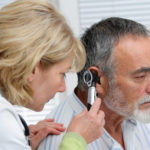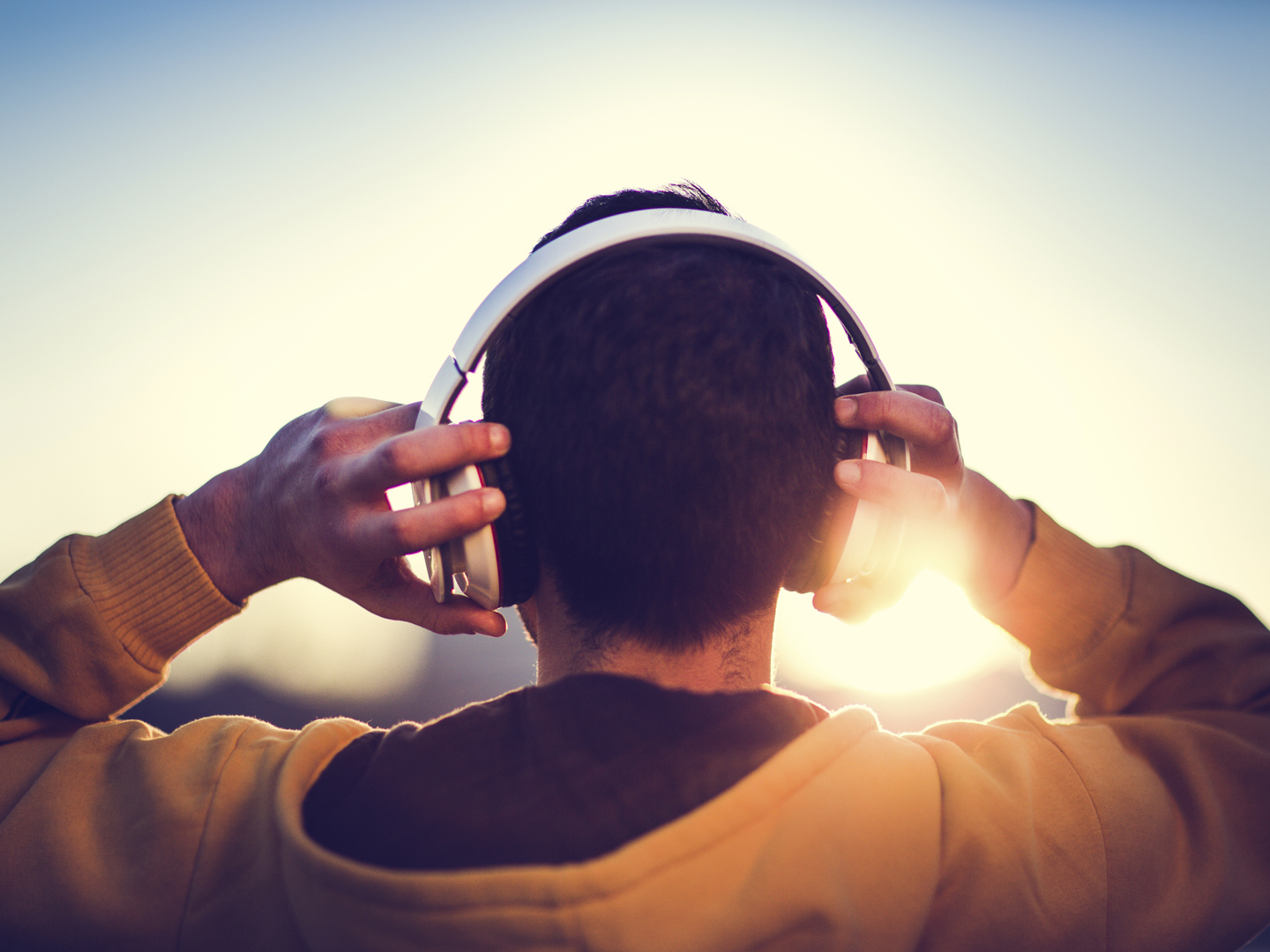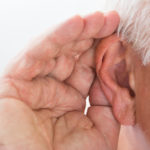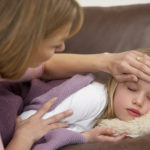Right Way To Remove Earwax?
I understand you’re not supposed to use cotton swabs like Q-tips to remove earwax. How else are you supposed to get rid of it?
Andrew Weil, M.D. | April 11, 2017
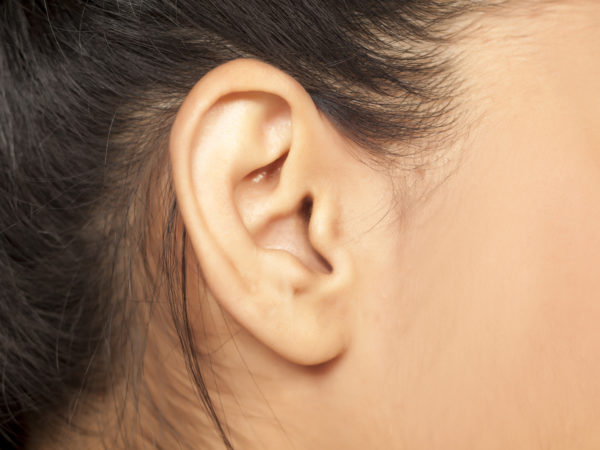
The short answer to your question is – you’re not supposed to remove earwax. Updated guidelines pertaining to this subject from the American Academy of Otolaryngology (AAO), which represents ear, nose and throat doctors, warn that putting any implements in your ear to remove wax can push it in farther and lead to infection or injury to your eardrum. An old medical mantra advises against putting anything in your ear that’s smaller than your elbow. In addition to Q-tips, the committee noted that people try to remove earwax with paper clips, car keys and hairpins.
Earwax (cerumen) has a purpose – the body produces it to trap dirt and dust to prevent foreign matter from getting farther into the ear. And the wax is self-cleaning: the motion of your jaw and growing skin in the ear canal help move earwax from inside the ears to their openings where it flakes off or washes off when you bathe. Contrary to what many believe, earwax isn’t an indication of uncleanliness, noted AAO committee chair Seth R. Schwartz, M.D.
You don’t have to worry about earwax unless it builds up and begins to block the ear canal. This occurs in 1 in 10 children, 1 in 20 adults and about 30 percent of seniors as well as developmentally delayed populations, according to the AAO committee. Earwax accumulations can cause ear pain, itching, a feeling of fullness in your ear, ringing in the ear, impaired hearing, discharge, odor, cough, and if you have a hearing aid, a change in its functioning.
Be sure to see your doctor if you have ear pain, drainage or bleeding from the ear. These are not symptoms of impacted earwax and should be medically evaluated, the AAO Committee advised.
The panel also warned against ear candling, which supposedly removes earwax with heat, on the grounds that there’s no evidence that this actually works and can seriously damage the ear canal and eardrum. I agree.
If excess earwax is bothering you, I suggest buying one of the many over-the-counter products available for the purpose of removing earwax by making it more fluid. They’re usually very effective. If you have a build-up of wax that is interfering with your hearing, a physician can flush it out with water directed into the ear with a specially designed syringe, sometimes after using drops to soften the wax.
Whether or not you’re bothered by excess earwax, always ask to have your ears examined whenever you see your physician for a check-up.
Andrew Weil, M.D.
Source:
Seth R. Schwartz et al, “Clinical Practice Guideline (Update)Earwax (Cerumen Impaction) Executive Summary.” Otolaryngology – Head and Neck Surgery, January 3, 2017, doi: 10.1177/0194599816678832.


